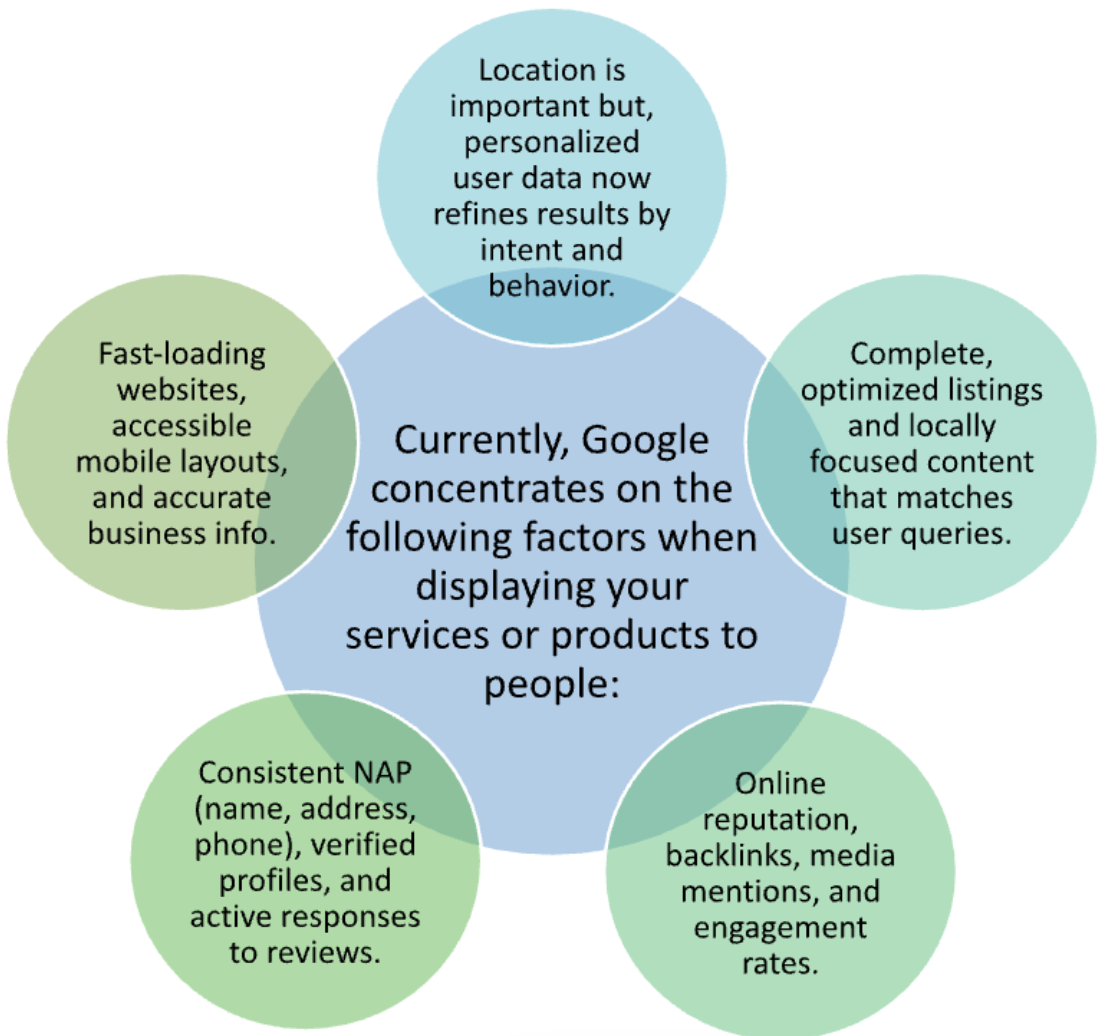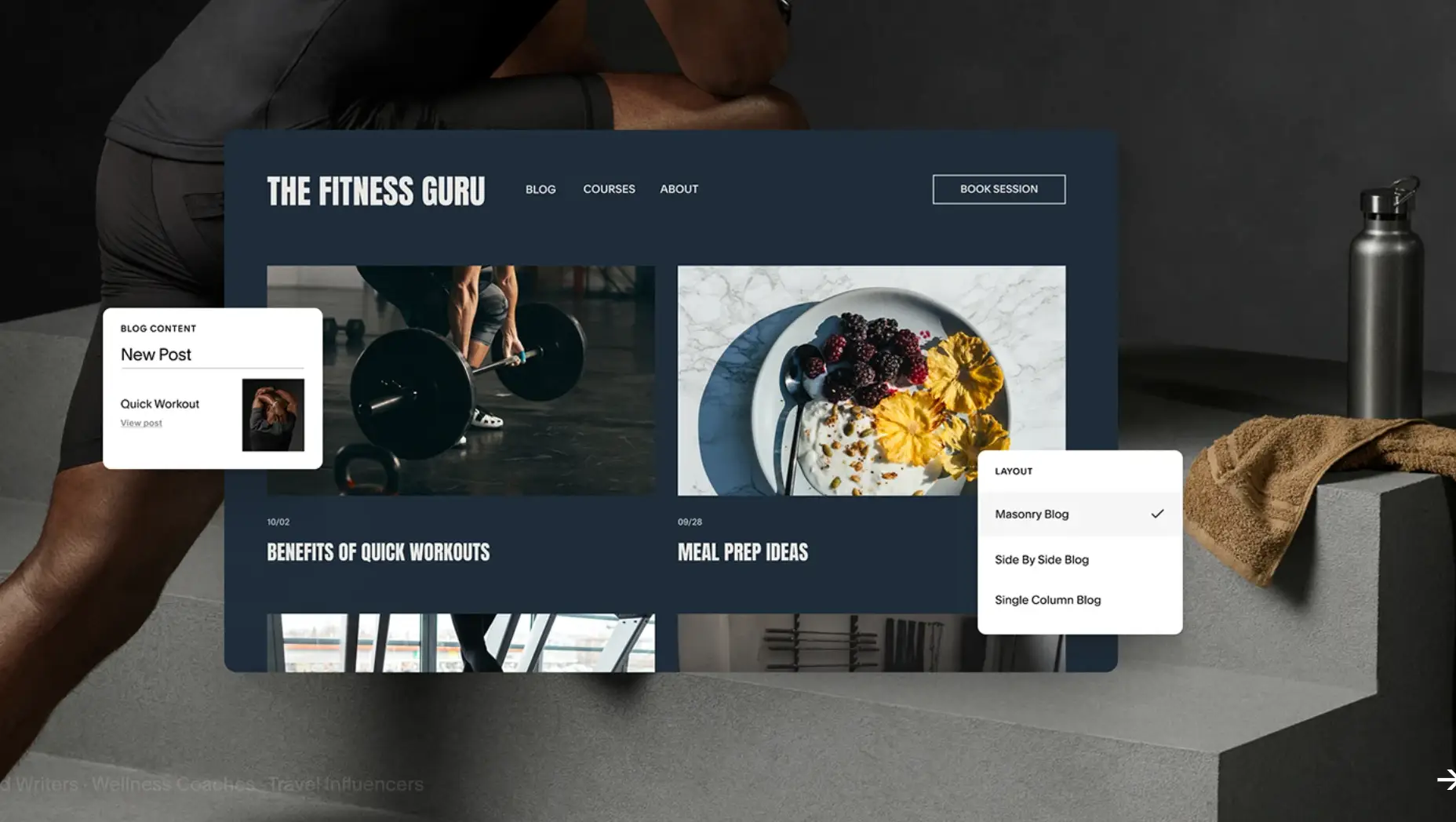Building a Holistic Local SEO Strategy for 2026
Updated on
Published on

Local SEO is evolving faster than ever. To stay on track in 2026, you need more than just ranking in the “map pack.” As search engines grow smarter and competition intensifies, businesses can’t run without a comprehensive strategy that connects every digital touchpoint. Visibility alone isn’t enough. It is paramount to build credibility, relevance, and a strong local presence that resonates with real people.
A holistic approach to local SEO means combining data-driven optimization, brand storytelling, and consistent online management into one coherent system. In this guide, we’ll explore how to build a future-proof local SEO strategy around three essential pillars. Plus, we’ll show how the right local SEO tools can help you unify and elevate every part of your marketing game.

The Evolution of Local SEO in 2026
Local SEO has outgrown its early, narrow focus on Google Maps rankings. As customer journeys become more complex and digital ecosystems expand, local visibility doesn’t depend solely on location or reviews. To stay competitive in 2026, businesses must blend technical SEO, content relevance, brand trust, and engagement across multiple platforms. In other words, they need to build an interconnected strategy that reaches customers wherever they search, scroll, or shop.
The Shift from Map Rankings to Multi-Signal Optimization
In the past, ranking high on Google Maps could make or break your local visibility. But today, search algorithms measure a wider range of signals to decide which businesses deserve attention. Such factors as mobile user experience, review authenticity, website authority, and social proof have a direct impact on your visibility. Modern local SEO involves connecting these signals into a unified system. Such a system “will tell” Google and users your business is relevant, trustworthy, and active in the community. The stronger and more consistent your signals, the more likely you are to stand out across search, maps, and social results.
What Google’s Evolving Local Algorithms Prioritize Now

Why Single-Purpose Tools No Longer Deliver Results
Using separate tools for reviews, listings, analytics, and content may have worked once, but not anymore. Managing local SEO across disconnected systems creates data silos, inconsistent messaging, and missed optimization opportunities. Modern marketing requires integration, where every insight, keyword trend, and performance metric feeds into one unified dashboard. Businesses that rely on all-in-one local SEO tools can monitor every signal in real time, react faster to algorithm changes, and maintain a consistent brand presence across all channels.
The Three Pillars of a Modern Local SEO Strategy
Every strong local SEO strategy is built on three interconnected pillars, namely, distance, relevance, and prominence. Together, they determine how search engines rank your business and how customers discover it.
Distance
In local SEO, distance is more than geography. It refers to how well your business aligns with a user’s search intent and physical location.
Google uses a mix of signals to calculate distance. The main factors are the searcher’s GPS data, the address on your Google Business Profile, and contextual clues from your website and content. The closer your verified data matches the user’s location, the higher your visibility in nearby searches.
To grow your audience beyond immediate proximity, create geo-targeted landing pages for nearby cities or districts. Each page should feature localized keywords, directions, and unique content. Still, remember that you shouldn’t just duplicate your main site.
It is recommended to embed local schema markup, list service areas precisely, and include “near me” phrases naturally. Besides, you can combine real-time location data with regional events, testimonials, or partnerships to make your presence feel authentic and important.
Relevance
Relevance is the bridge between what people search for and what your business offers. In 2026, Google will reward businesses that create meaningful, localized experiences, not just keyword-stuffed pages. Every element of your digital presence should clearly show how you meet the needs of nearby customers.
- Each local landing page should focus on a specific city, neighborhood, or service area.
- Use unique content that reflects real community insights (local landmarks, testimonials, and directions).
- Avoid duplicating content. Instead, tailor each page to the intent and language of local audiences.
- Add LocalBusiness schema markup to help Google identify your business type, hours, and location.
- Keep your NAP consistent across all listings to reinforce credibility. Service area pages should clearly define where you operate, ensuring that both search engines and users understand your local reach.
One of the most important factors is to find and use AI tools that can speed up routine processes. AI-powered local SEO tools can analyze user intent, discover trending local topics, and suggest content clusters for each region you serve. They help identify content gaps, automate optimization, and ensure every page aligns with local search behavior.
Prominence
Prominence is what turns visibility into credibility. It’s not enough for your business to appear in search results. It must stand out as the trusted choice in your area. Google measures prominence through signals like reviews, backlinks, and mentions across the web, all of which reflect how well-known and reputable your brand is in the local community.
Positive reviews are modern word-of-mouth. They show both Google and potential customers that your business delivers on its promises.
- Encourage authentic feedback, respond to all reviews, and feature them on your site.
- Build high-quality backlinks from local directories, media outlets, and community organizations also reinforce your authority.
Take advantage of modern reputation management platforms. They help automate review monitoring, alert you to negative feedback, and track sentiment trends. Such SEO tools make it easier to maintain a consistent, trusted image across Google, Yelp, Facebook, and beyond.
Key metrics (review volume, average rating, backlink quality, and branded search growth) reveal how your authority is evolving. By analyzing these data points, you can identify what drives local trust and continuously strengthen your brand’s prominence in 2026 and beyond.
How to Get the Most Out of Three Pillars with the Right Technology
Even the most well-planned strategy can fall apart without the right technology to connect its moving parts. In 2026, successful local SEO will depend on coordination between distance, relevance, and prominence. All 3 components should work together in real time.
Why Marketers Need a Universal Platform
Managing listings, reviews, and analytics across multiple tools can quickly become chaotic. A universal local SEO platform brings everything into one place. Instead of juggling data from different dashboards, you can track visibility, engagement, and sentiment holistically. This unified approach helps identify weak points faster, improve consistency across locations, and ensure every optimization effort contributes to overall growth.
How an All-in-One Solution Simplifies Local Optimization
An all-in-one local SEO solution transforms the entire team's work. It connects content optimization, review management, and performance analytics, giving marketers actionable insights without manual data collection.

Key Features of Modern Local SEO Tools
Choose platforms that integrate AI-driven insights, automated review management, geo-targeted analytics, and schema implementation support. Look for flexible dashboards, mobile-friendly management, and the ability to track distance, relevance, and prominence metrics in one place. A modern tool should simplify strategy execution while giving you the intelligence to stay ahead of algorithm updates and local competition.
Final Thoughts
A holistic local SEO strategy transforms disconnected efforts into a unified growth system. By using integrated tools that bridge data silos, marketers can manage distance, relevance, and prominence from one intelligent platform. In 2026, local SEO won’t be narrowed down to rankings only. It will focus on building brand visibility, customer trust, and long-term success in every community your business serves.







